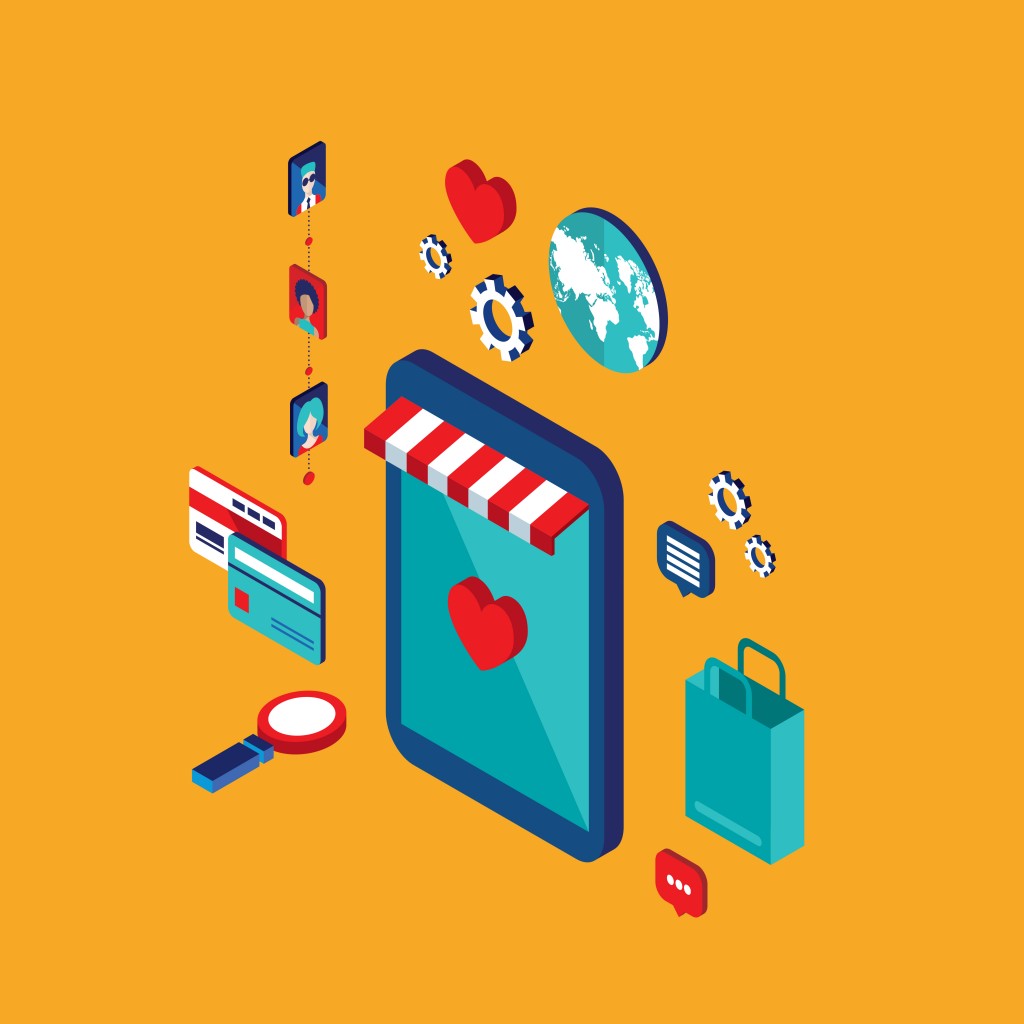Our culture of convenience is heavily dependent on the mobile device. It has permeated many aspects of daily life. This series will explore mobile usage and ultimately, its effect on the payments industry.
Over 2 billion consumers are expected to own smartphones by next year. Modern society looks for speed and simplicity in every aspect of their lives and turns to technology for the answer. Today’s culture of convenience breeds speed and ease; consumers have come to expect frictionless experiences, meaning that consumers will drift towards solutions that yield rapid results.
Mobile devices have two very important roles in payments: as part of the overall omnichannel experience and on its own to facilitate faster, more fluid transactions.
Omnichannel
The culture of convenience is redefining the shopping experience and influencing how consumers choose the companies they give their business to. Speed and convenience are paving the way for the larger trend of omnichannel experiences. Omnichannel is another more intrinsic layer to multichannel, which is offering multiple ways for people to pay. Omnichannel means integrating and marrying payment channels in a holistic manner so that the consumer experience feels frictionless.
According to Accenture, 68% of all millennials demand an integrated, seamless experience regardless of the channel. Consumers no longer think of the online and offline experiences as separate, and mobile is a crucial bridge between the two; 50% of adults are shopping on smartphones while browsing in-store. From browsing on Instagram to clicking through to a mobile site to purchasing on a laptop, the modern customer moves across multiple channels while shopping.
The challenge for businesses becomes creating an experience so that consumers can choose the payment channel of their choice and receive a cohesive experience from a brand. Many consumers’ preferred method to research and purchase is mobile, so businesses will do well to ensure their online store is mobile and tablet friendly.
Faster, more fluid transactions
Thanks to mobile, simplified and streamlined payments are now the norm. As technology continues to advance, consumers will expect it to streamline their shopping experiences and payment processes.
Payment alternatives have come to reflect society’s on-demand model as mobile payment adoption rates continue to increase. 68% of users of alternative payments (such as mobile payments) report they are using the alternative payments methods more than last year.
Mobile payments have the ability to significantly reduce payment processing times across all fields. For example, restaurant servers equipped with mobile POS mean customers don’t waste time signaling servers, waiting for them to bring the bill and returning to finish the transaction; instead, the process can be completed in one trip and in mere seconds.
With mobile POS, businesses on-the-go or in-the-field are not confined to a couple traditional terminals at any given time because each employee is equipped to accept and process payments right on the spot.
Modern society is driven by a culture of convenience, and people will drift towards technological tools that help maintain this fast-paced lifestyle. Every facet of modern life, including payments, has been influenced by mobile penetration. Speed, convenience, and seamlessness are all crucial components in the purchasing experience and are enabled by mobile payments.
